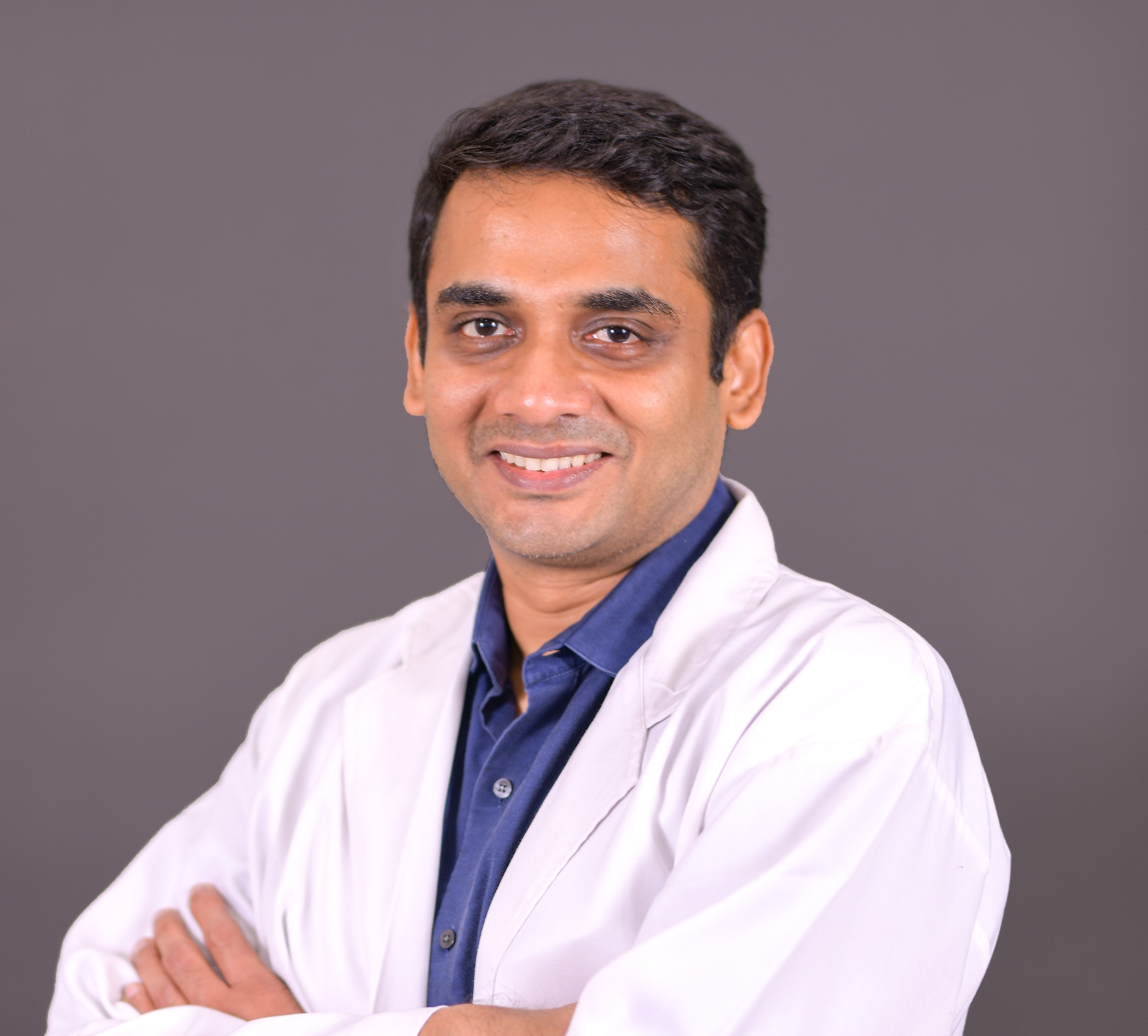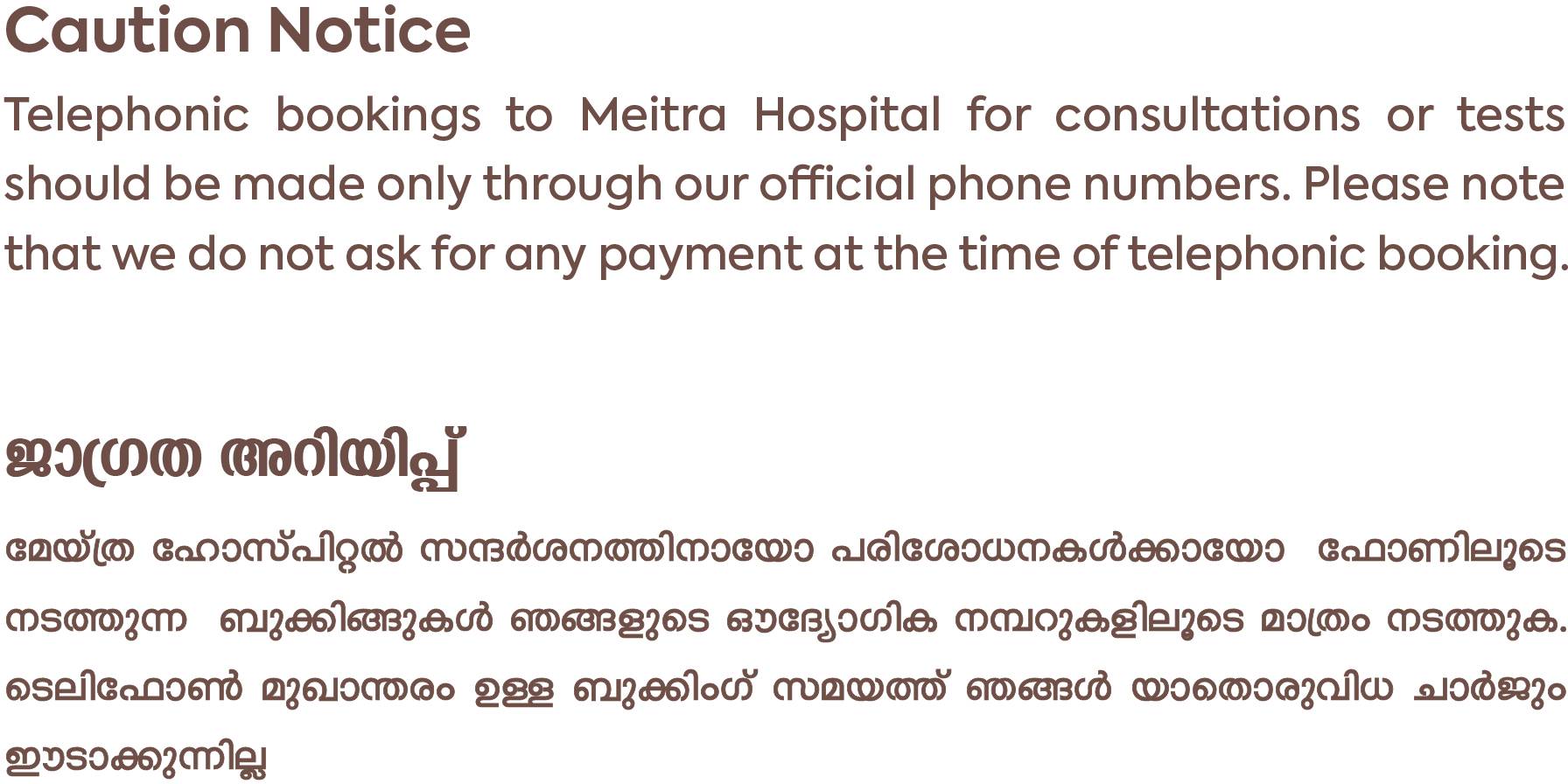- Our Doctors
- Our Specialities
Centres of Excellence
-
 Centre for Blood Diseases, BMT & Cancer Immunotherapy
Centre for Blood Diseases, BMT & Cancer Immunotherapy -
 Centre for Bone, Joint & Spine
Centre for Bone, Joint & Spine -
 Centre for Critical Care Medicine and ECMO Services
Centre for Critical Care Medicine and ECMO Services -
 Centre for Gastrosciences
Centre for Gastrosciences -
 Centre for Heart & Vascular Care
Centre for Heart & Vascular Care -
 Centre for Nephro-Urosciences
Centre for Nephro-Urosciences -
 Centre for Neurosciences
Centre for Neurosciences -
 Centre for Obstetrics and Gynaecology
Centre for Obstetrics and Gynaecology -
 Centre for Organ Transplantation
Centre for Organ Transplantation
Super Speciality
-
 Advanced Diagnostic and Interventional Radiology
Advanced Diagnostic and Interventional Radiology -
 Anesthesiology & Pain Management
Anesthesiology & Pain Management -
 Clinical Nutrition and Dietetics
Clinical Nutrition and Dietetics -
 Dental and Maxillofacial Surgery
Dental and Maxillofacial Surgery -
 Dermatology
Dermatology -
 Emergency and Trauma
Emergency and Trauma -
 Endocrinology and Metabolic Disease
Endocrinology and Metabolic Disease -
 ENT and Head & Neck Surgery
ENT and Head & Neck Surgery -
 Family Medicine
Family Medicine -
 General and Laparoscopic Surgery
General and Laparoscopic Surgery -
 General Medicine
General Medicine -
 GI Onco Surgery
GI Onco Surgery -
 GI Oncology
GI Oncology -
 GI Surgery, Advanced Laparoscopy and Gastro Oncosurgery
GI Surgery, Advanced Laparoscopy and Gastro Oncosurgery
-
- Key Procedures
- Our Hospitals
- International Patient
- Contact us
-
Quick Links


Gallstones
Stones or hardened deposits that form in the gallbladder are called gallstones. The stones or lumps are made up of cholesterol. The gall bladder is an organ situated beneath the liver in the abdomen. The gall bladder collects and stores bile, a combination of fluid, fat, and cholesterol. Bile helps in the digestion or breakdown of food. Gallstones frequently cause abdominal pain and can lead to infections if not removed. There are two main types of gallstones: Cholesterol gallstones – Made of undissolved cholesterol, and the most common Pigment Gallstones – Made of bilirubin.
Symptoms of gallstone are as below:
- Sudden abdominal pain
- Back pain between shoulders
- Vomiting
- Nausea
- Pain in the right shoulder
- Indigestion
- Dark urine
- Jaundice: yellow skin or eyes
Causes
- Bile containing too much cholesterol
- Bile containing too much bilirubin
- Not enough bile salts
- Gall bladder doesn’t empty completely or often enough
- Obesity
- Pregnancy
- Intake of high-fat diet
- Intestinal diseases
- Diabetes
Treatments
Uncompromised healthcare services. Always.
Meet Our Doctors
Experienced Medical professionals for a superior patient experience.
Frequently Asked Questions
Can we just remove stones and leave the gallbladder alone?
In patients with gallstones, the gallbladder is diseased, unlike with kidney stones where the kidneys are healthy. Even if the stones are removed, they will recur within 3-6 months.
Do all gallstones need to be treated? What size stones are to be treated?
Unlike in kidney stones, the treatment of gallstones is not decided by the size and number of stones. Only the presence of stones and associated symptoms decide treatment. If a patient has symptoms, even a single stone needs removal irrespective of size. Likewise, if patient has no symptoms and gallstones are detected during general health check-up patient can simply followed up even if he has multiple stones.
How do you reduce the risk of having gallstones?
Preventive measures and methods to reduce the risk, once affected are:
- Eat high-fibre foods
- Maintain a healthy weight
- Lose weight slowly and safely
- Regular physical activity.

 +91 9393 108 108
+91 9393 108 108



















































